The End of Matchy-Matchy: What’s Changing Fast
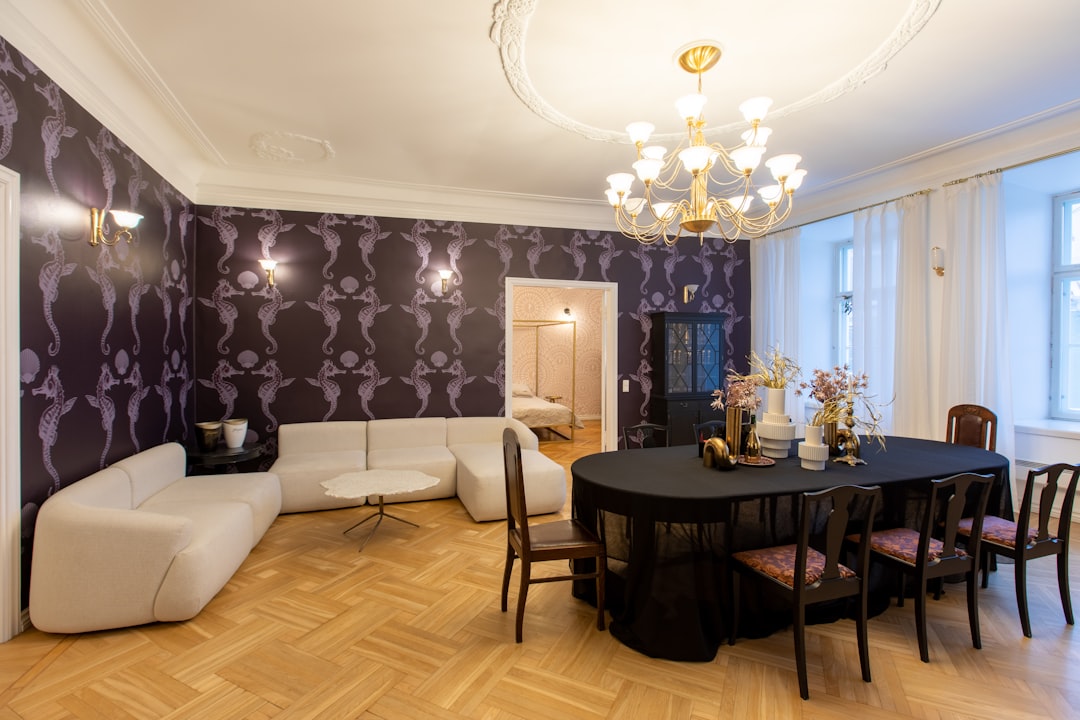
Matching sets have been a staple in home design for years, but 2025 is set to flip the script. Designers across the globe are moving away from identical furniture sets in favor of more personalized, unique combinations. According to a recent survey by the American Society of Interior Designers, over 65% of respondents said they plan to mix and match furniture styles in their upcoming projects. This shift is driven by a desire for individuality, as homeowners crave spaces that reflect their personalities instead of showroom displays. The trend also reflects a growing appreciation for eclectic aesthetics and layering. When every piece in a room matches, it can quickly look outdated and lack depth. New design trends are all about telling a story, and that story can’t be told with copy-paste furniture choices.
Personalization Takes Center Stage

The rise of social media platforms like Instagram and Pinterest means everyone wants a home that feels “one of a kind.” Matching sets make it almost impossible to put your personal stamp on a room. According to Houzz’s 2024 home design report, 72% of homeowners cited personalization as the top reason for redecorating. By mixing different textures, colors, and eras, you can create a space that feels truly yours. No one wants to walk into a friend’s house and see the exact same living room they have at home. Designers are encouraging clients to mix vintage pieces with modern finds, and even to play with unexpected color pairings. This approach not only captures attention but also creates a comfortable, lived-in vibe.
The “Curated” Look Is In

A major design trend for 2025 is the curated look—spaces that feel collected over time, not bought all at once. According to Elle Decor’s 2025 forecast, top designers are rejecting coordinated sets in favor of rooms that look as though each piece was chosen with care and intention. The curated look is about layering old and new, high and low, to create visual interest. It’s not about chaos, but about finding harmony in contrast. For example, pairing a sleek contemporary sofa with an antique coffee table can instantly add character. This layering technique makes a room feel more welcoming and tells a richer story about the people living there.
Environmental Impact and Sustainability
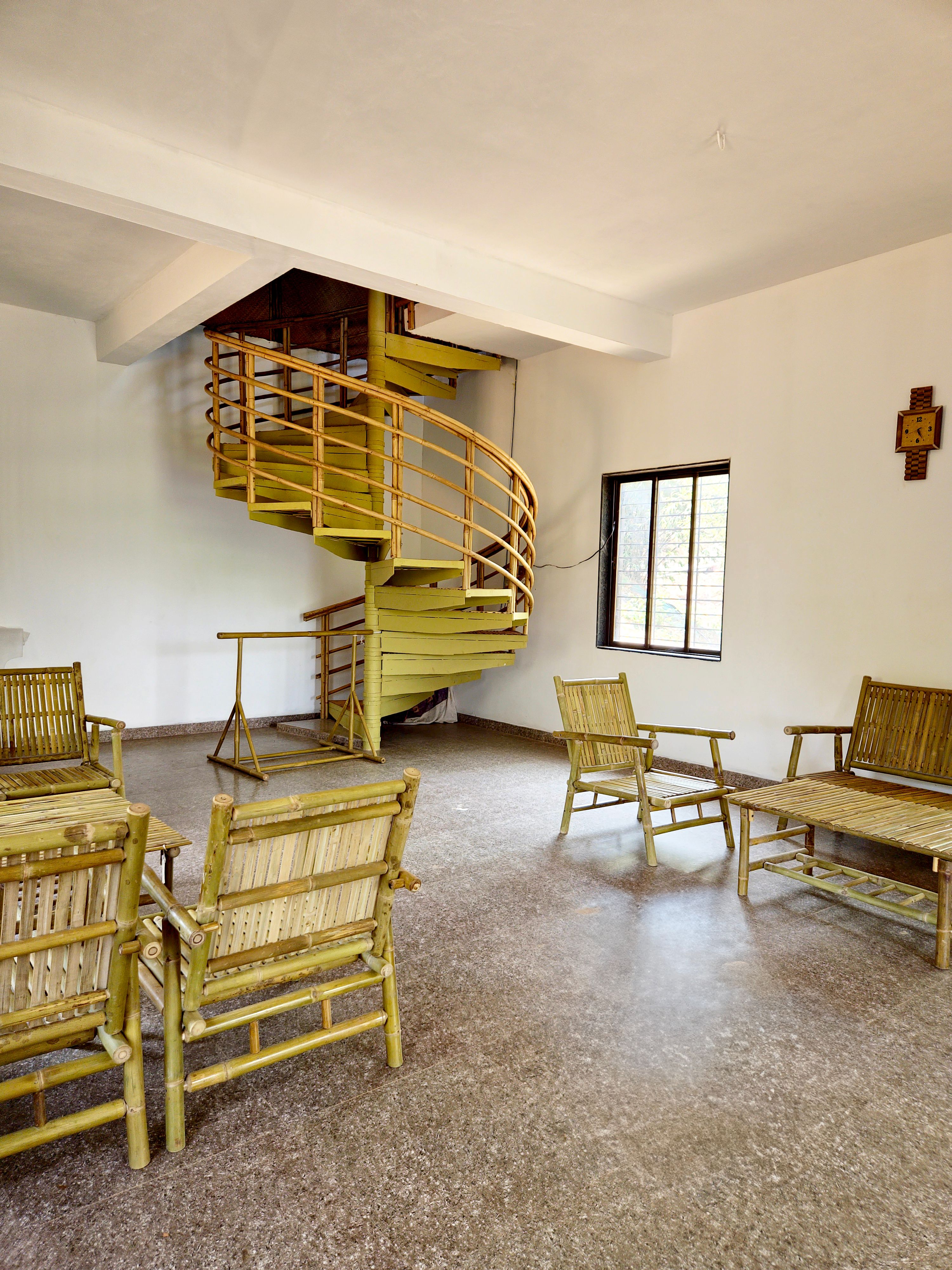
Matching sets often mean mass production, which can have a negative impact on the environment. According to the Environmental Protection Agency, over 9 million tons of furniture end up in landfills each year in the United States alone. Choosing individual pieces—especially vintage or upcycled items—helps reduce waste and supports sustainability. More people are opting for secondhand or locally made furniture, which not only lessens their carbon footprint but also adds uniqueness to their homes. Sustainability is no longer just a buzzword; it’s becoming a guiding principle in design. In 2025, choosing mismatched or repurposed pieces is seen as a statement of environmental responsibility.
Mixing Textures and Materials
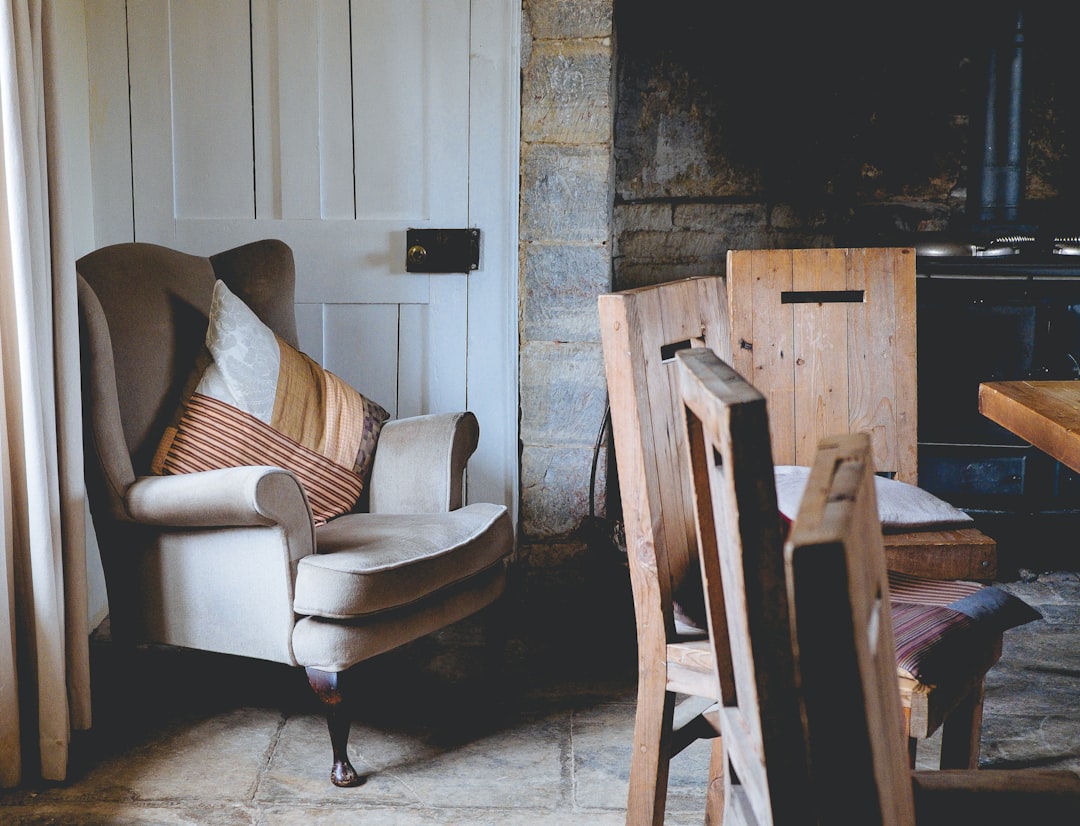
One of the biggest mistakes with matching sets is that they often use the same materials throughout, which can make a space feel flat and uninspired. Design experts recommend mixing woods, metals, fabrics, and finishes to create depth and interest. According to Architectural Digest, 2025 will see a surge in mixed-material interiors, from velvet sofas paired with leather chairs to marble tables set alongside rattan accents. This approach not only breaks up the monotony but also allows homeowners to play with trends without fully committing to one style. The result is a richer, more inviting space that keeps the eye moving.
Color Blocking Over Color Matching
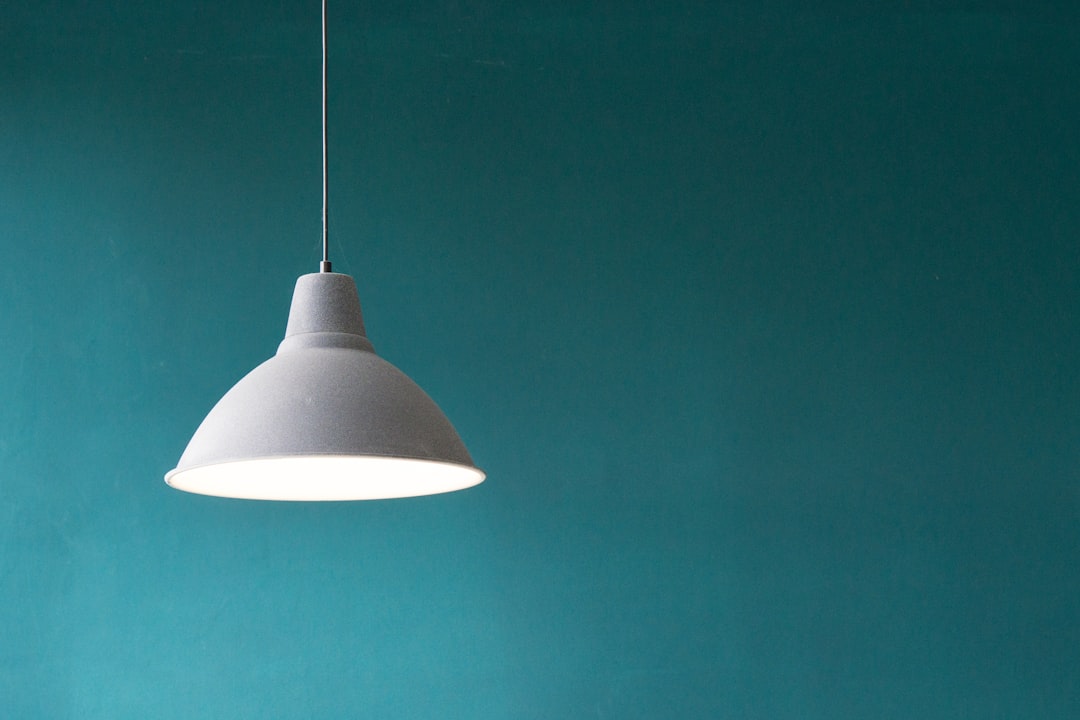
Gone are the days when every piece of furniture had to be the same shade. Color blocking—using bold, contrasting colors in the same space—is gaining popularity fast. A 2024 report from Pantone shows that 59% of interior designers are using color blocking techniques in their projects. Instead of a matching beige set, imagine a navy couch with mustard yellow armchairs and a deep green rug. These color choices create energy and excitement, making a room feel modern and lively. Color blocking also allows you to update your space easily, just by swapping out a few accent pieces.
Budget-Friendly Decorating

Matching sets can be expensive, especially when buying from high-end retailers. Mixing and matching gives you the freedom to shop sales, vintage stores, and even online marketplaces. According to a 2023 Statista survey, 43% of consumers redecorating their homes in the past year purchased at least one piece secondhand. With a little creativity, you can achieve a designer look for a fraction of the cost. This approach is also more flexible—you can update your space over time instead of investing a large sum all at once. The key is to choose pieces that speak to you, regardless of where they come from.
Highlighting Statement Pieces
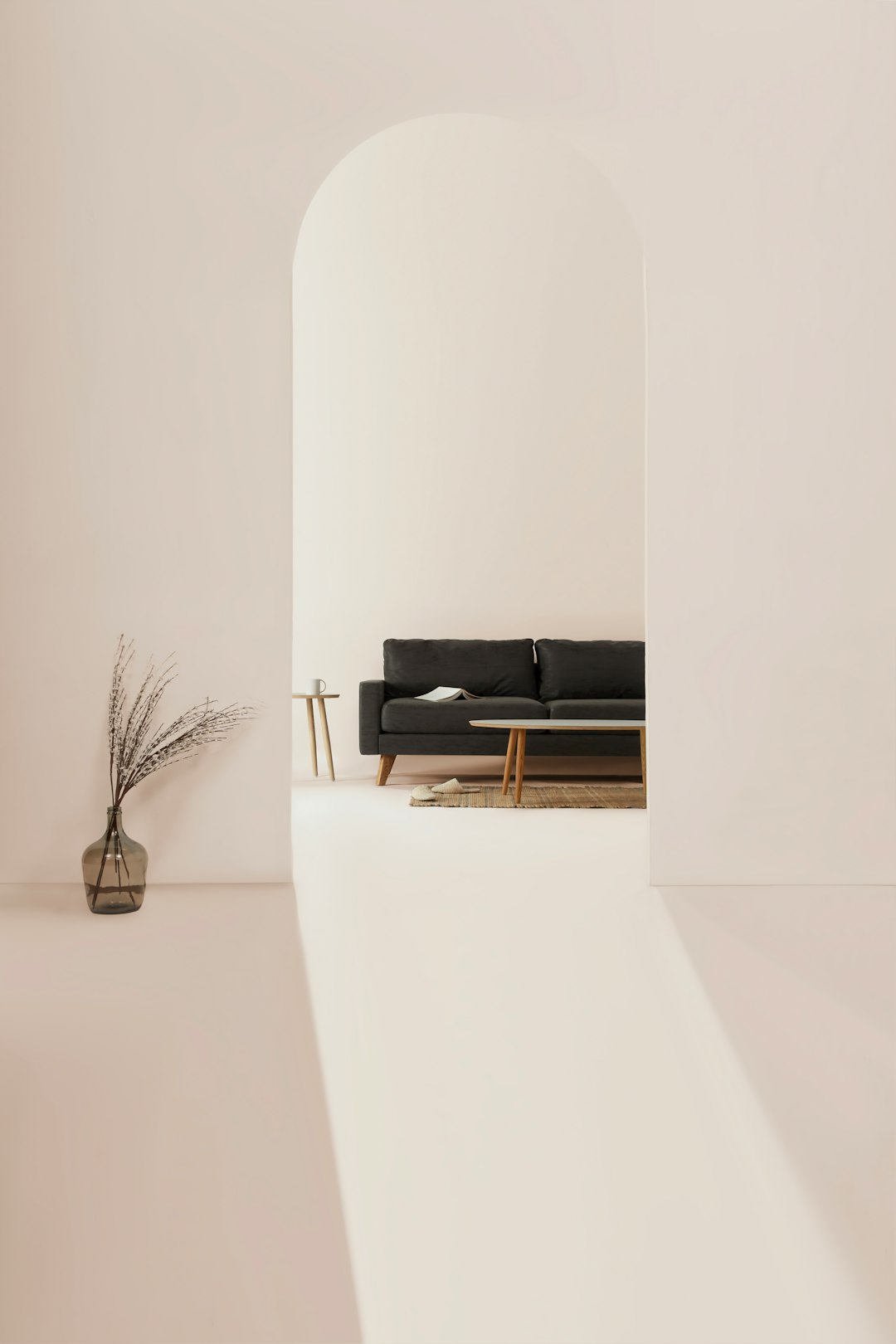
Matching sets can drown out standout items, making everything blend together. In contrast, a room filled with diverse pieces allows for one or two statement items to truly shine. For example, a bold patterned chair or a unique coffee table becomes the focal point when surrounded by more neutral or understated elements. Interior designer Nate Berkus notes that, “Every room needs something that sings, and matching sets rarely allow for that moment.” In 2025, expect more homes to feature eye-catching, conversation-starting pieces that break away from the uniformity of the past.
The Influence of Global Design Trends
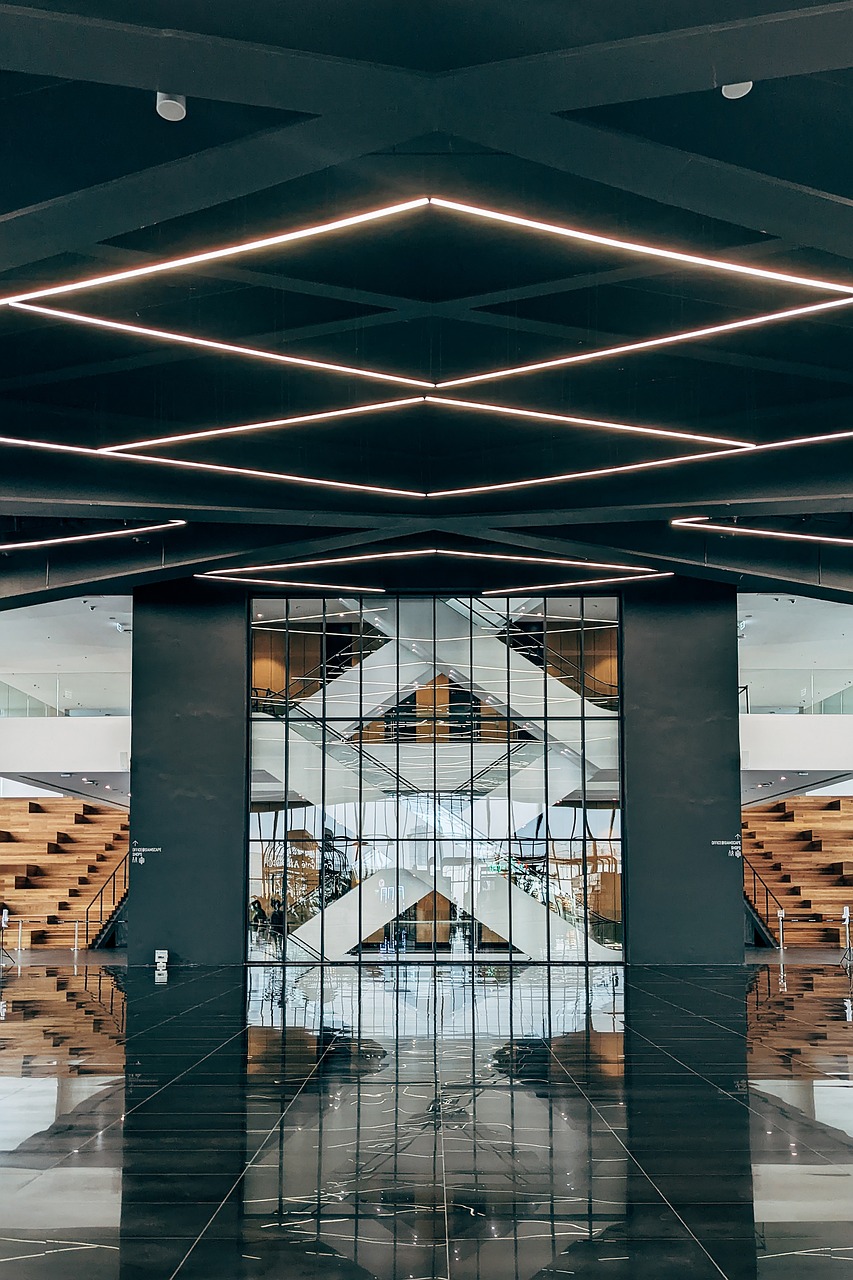
Global influences are shaping the way we design our homes, with eclectic styles from around the world making their way into mainstream interiors. The 2025 Milan Furniture Fair highlighted the rise of “global fusion”—mixing Moroccan rugs, Japanese ceramics, and Scandinavian furniture in the same space. This approach is nearly impossible to achieve with a matching set, as it requires an openness to different styles, colors, and cultures. Travel-inspired interiors not only look interesting but also tell stories about adventures and experiences. The most memorable spaces are often those that feel like a world tour in a single room.
Flexibility for Future Changes

A major downside of matching sets is their lack of flexibility. When every piece is designed to go together, it’s difficult to refresh your space without replacing the entire set. By mixing and matching, you can swap out individual pieces as your tastes or needs change. Data from the National Association of Home Builders shows that 58% of homeowners make minor updates to their living spaces every 2-3 years. Flexibility is key for keeping up with shifting trends and personal preferences. A mismatched, curated approach makes it easy to adapt your home to whatever the future brings.

Henrieke Otte is an accomplished writer and content editor, specializing in topics that inspire thoughtful living—ranging from global travel and sustainable lifestyles to interior design and architecture. With a keen editorial sense and a background in cultural studies, Henrieke brings depth, elegance, and clarity to every piece she crafts.
Her work is known for its engaging voice, visual sensitivity, and ability to turn complex ideas into accessible, reader-friendly narratives. Whether exploring eco-conscious destinations, dissecting climate-conscious home trends, or curating serene living spaces, Henrieke writes with a balance of creativity and insight that resonates with design-savvy, environmentally aware audiences.
Driven by a love of meaningful storytelling and a refined aesthetic, Henrieke contributes regularly to digital platforms and magazines where quality content meets visual sophistication.
